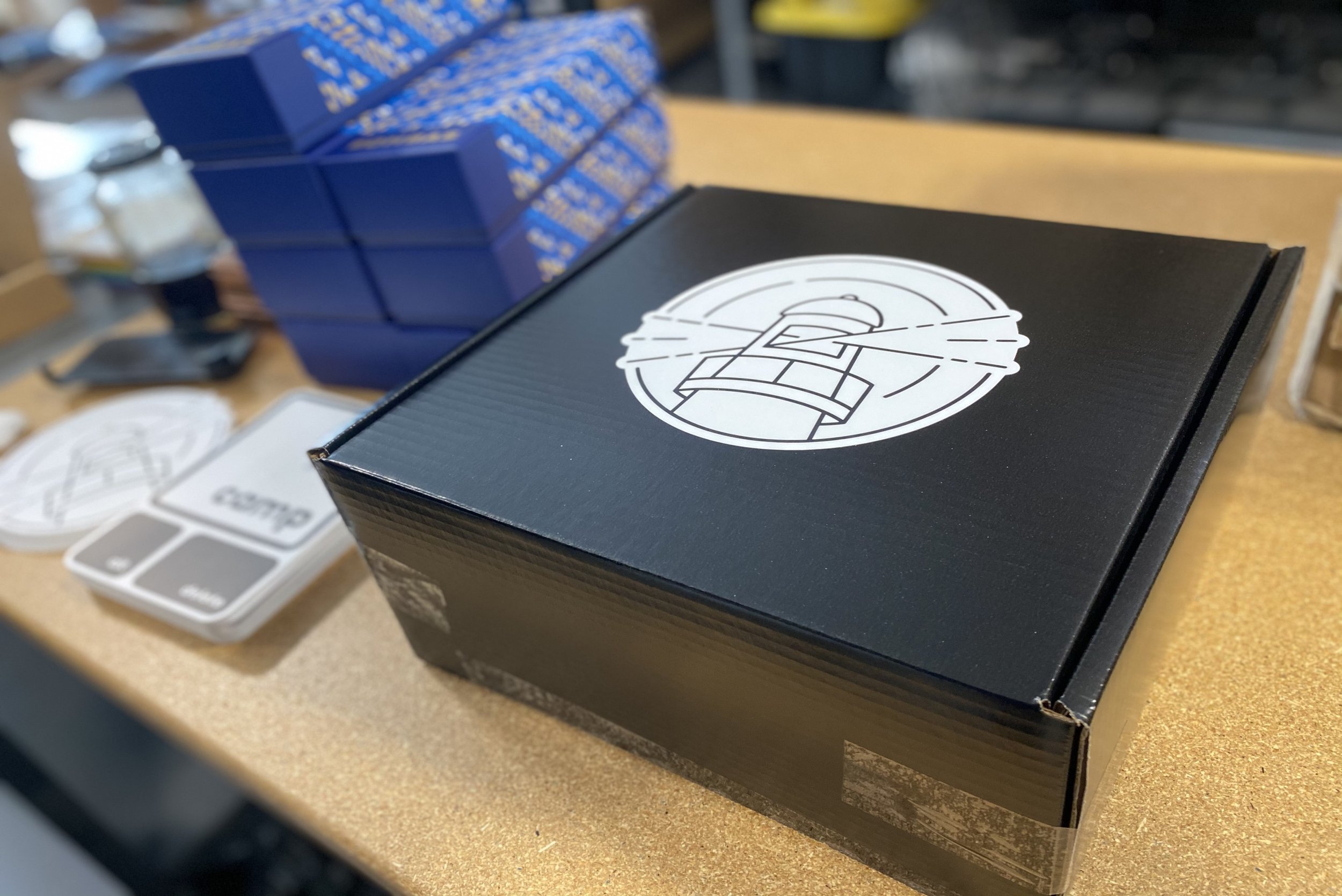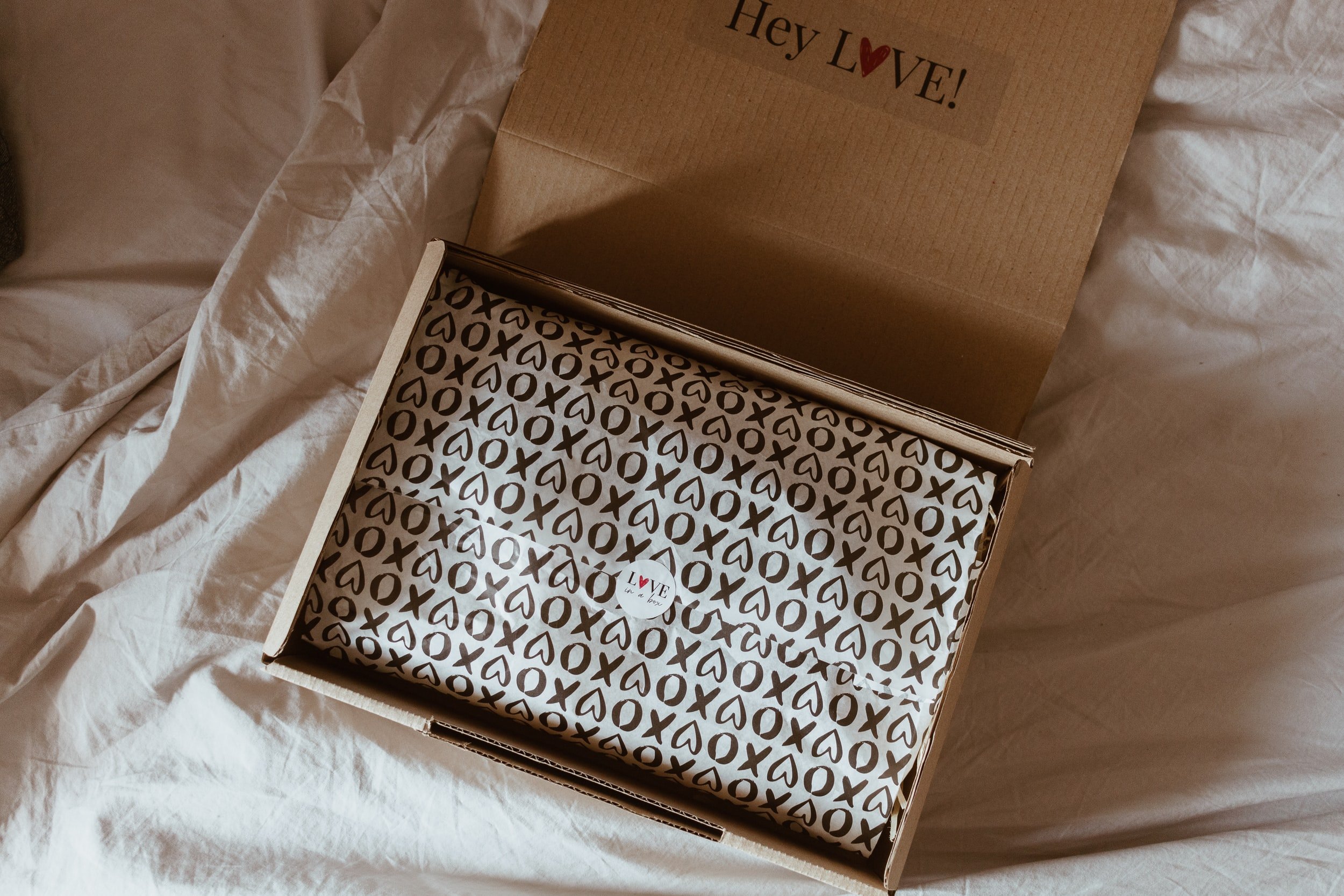DTF (Direct-to-Film) printing is a cutting-edge technology that’s reshaping the custom apparel and promotional products industry. Unlike traditional methods such as screen printing or heat transfer vinyl, DTF printing offers superior versatility, vibrant color quality, and long-lasting durability. Whether you’re a small business looking for cost-effective custom printing solutions or a larger operation seeking to diversify your product range, DTF printing presents an ideal balance of quality and efficiency. In this guide, we’ll dive deep into how DTF printing works, its key advantages, and why it's becoming the preferred choice for businesses worldwide.
What is DTF Printing? Understanding the Basics
Direct-to-Film (DTF) printing is a technique that allows businesses to print high-quality, full-color designs onto a variety of surfaces by using a transfer film. Unlike other printing technologies, DTF uses specialized PET films and hot-melt adhesives to create vibrant prints that can be applied to fabrics such as cotton, polyester, and blends. The ability to transfer prints onto both light and dark fabrics without needing pretreatment is a significant advantage for businesses focused on speed and efficiency.
No Pretreatment Required: Unlike DTG printing, DTF doesn't require treating the fabric beforehand, saving time in the production process.
Works on a Wide Range of Materials: DTF can transfer designs onto materials beyond just fabric, including leather, wood, and plastic, making it a versatile option for promotional products.
In essence, DTF printing offers a flexible, high-quality printing solution that streamlines the custom printing process, allowing for more creative freedom and product diversity.
How Does DTF Printing Work? A Step-by-Step Guide
DTF printing involves several stages that collectively ensure the creation of high-quality designs that can be transferred onto almost any fabric or surface. Below is a step-by-step guide to how the process works:
Design Creation: The first step involves creating a digital design using graphic software. This digital design is printed in reverse onto a PET film using special inks.
Film Printing: After the design is created, it's printed directly onto a PET film. A white ink layer is applied underneath the design to ensure the colors stay vibrant, especially on darker fabrics.
Adhesive Application: After printing, a hot-melt adhesive powder is applied to the printed design on the film. The powder adheres only to the inked parts of the design.
Curing: The film is then placed in a curing oven to dry the adhesive, preparing it for transfer.
Heat Press Transfer: The cured film is positioned on the fabric or material, and a heat press is used to transfer the design. The adhesive melts and binds the ink to the material.
Peel the Film: Once cooled, the film is peeled away, leaving the vibrant design on the surface.
This process is not only efficient but also enables businesses to print on-demand, saving on costs and reducing waste.
The Advantages of DTF Printing Over Other Methods
DTF printing offers distinct advantages compared to traditional printing techniques such as screen printing and Direct-to-Garment (DTG). These benefits make it an increasingly popular choice for businesses looking to expand their custom printing capabilities:
Versatility: DTF printing can be used on a variety of materials including cotton, polyester, leather, and even wood or plastic. This makes it more versatile than DTG, which is limited mainly to cotton.
No Pretreatment: One of the standout advantages of DTF printing is that it doesn’t require pretreatment of the garment, unlike DTG printing, which can be labor-intensive when working with dark fabrics.
Vibrant Colors: DTF printing produces bright, eye-catching designs, even on dark fabrics, thanks to the white ink layer that’s applied underneath the design. This makes it ideal for creating vivid, multi-color prints.
Additionally, DTF is ideal for small-scale or on-demand printing, making it a cost-effective solution for businesses that deal with custom orders or smaller batch production.
Read more: How To Decide if DTF is Right For You
What Materials Can Be Used with DTF Printing?
One of the biggest reasons why businesses are switching to DTF printing is its versatility in material compatibility. Unlike other printing methods that might be limited to specific fabrics, DTF printing allows for the customization of a broad range of materials:
Cotton and Polyester: DTF is perfect for printing on both cotton and polyester, making it a great option for T-shirts, hoodies, and activewear.
Blended Fabrics: Fabrics that blend natural and synthetic fibers, like cotton-poly blends, are also compatible with DTF printing, offering flexibility for brands that work with multiple fabric types.
Non-Textile Materials: DTF can print on non-fabric materials like leather, wood, and even plastic, making it an excellent option for producing promotional items such as tote bags, hats, or even novelty items like phone cases or wood plaques.
This versatility not only allows for a wide array of products but also opens up possibilities for businesses in various industries, from fashion to home décor and beyond.
DTF Printing for Small Businesses: A Cost-Effective Solution
For small businesses that need high-quality printing without high upfront costs, DTF printing is a practical and budget-friendly option. Here's why:
Lower Setup Costs: Unlike screen printing, which requires a new screen for each design or color change, DTF printing doesn’t involve high setup costs. This makes it more accessible to small businesses or startups with limited capital.
On-Demand Printing: DTF enables businesses to print small batches or even single items on demand. This is particularly useful for companies that offer personalized products or custom designs.
Inventory Management: Since designs are printed on-demand, there's no need to maintain a large inventory of pre-printed items, which helps reduce storage costs and waste.
By reducing the need for bulk production, DTF helps small businesses operate more efficiently while still offering high-quality, customized products.
How to Care for DTF Prints: Durability and Maintenance Tips
DTF prints are known for their durability, but to maintain their vibrant appearance and extend their lifespan, proper care is essential. Here are some tips on how to care for garments printed using the DTF method:
Washing: Always turn garments inside out before washing to protect the design. Use cold water and a gentle cycle to prevent the print from cracking or fading.
Drying: Air-drying is recommended, but if using a dryer, select a low-heat setting to avoid damaging the print. High heat can cause the adhesive to weaken over time.
Ironing: Avoid ironing directly over the DTF print. If ironing is necessary, place a cloth over the design to protect it from the heat.
Following these care tips will ensure that DTF-printed garments remain vibrant and intact for a long time, providing value to both the business and the customer.
Conclusion: Why DTF Printing is the Future of Custom Apparel
As the demand for customizable products continues to grow, DTF printing offers an innovative and cost-effective solution for businesses of all sizes. Its versatility in material compatibility, ease of use, and ability to produce high-quality, vibrant designs make it an attractive option for small and large businesses alike. With the right care and maintenance, DTF prints can last for years, providing customers with durable, eye-catching custom apparel and products. Whether you’re a small business looking to expand your offerings or a large company aiming to enhance your printing capabilities, DTF printing is the future of custom printing.
By embracing this technology, businesses can stay ahead of the competition while offering unique, high-quality products that stand out in the market.











